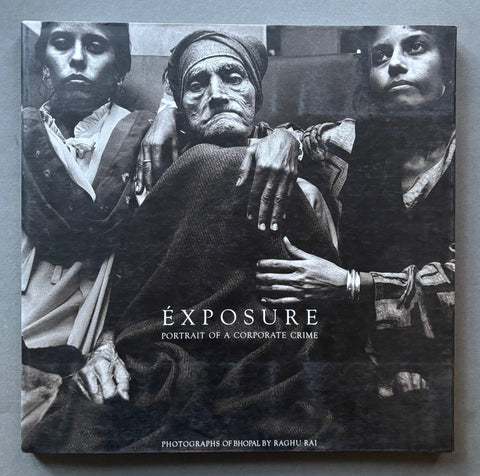
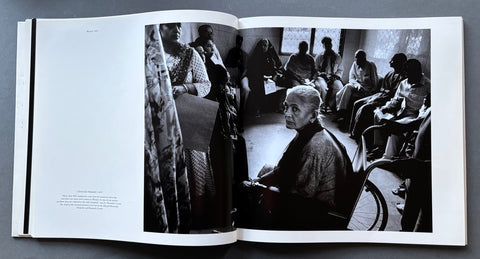
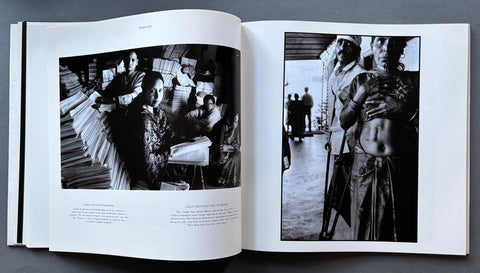
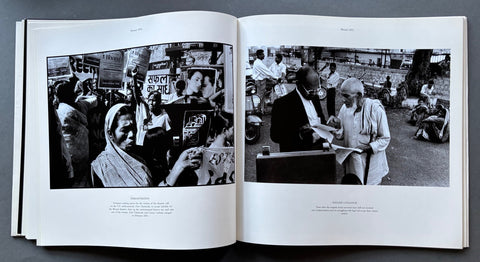
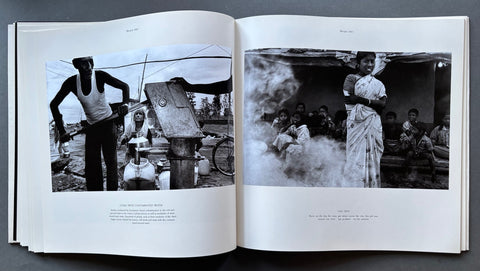
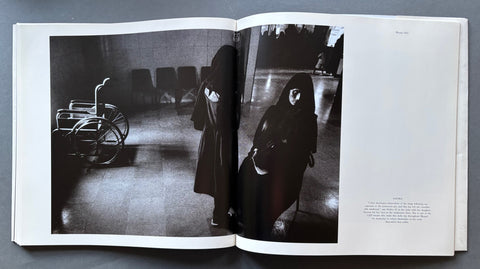
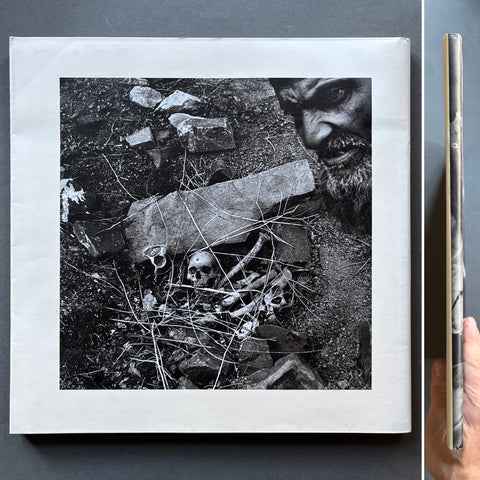
Exposure: Portrait of a Corporate Crime
2006
First edition of Exposure: Portrait of a Corporate Crime - Photographs of Bhopal by Raghu Rai. First impression. Medium format hardback in fine condition.
About
It all began on the night of December 2/3, 1984, when 40 tonnes of lethal gases leaked from Union Carbide Corporation’s pesticide factory in Bhopal, India. Before anyone could realize the full impact of the disaster an area of about 40 sq.km, with a resident population of over half a million, was engulfed in dense clouds of poison. People woke up coughing, gasping for breath, their eyes burning. Many fell dead as they ran. By the third day of the disaster, an estimated 8000 people had died from direct exposure to the gases and another 500,000 injured. Today, the number of deaths stands at 20,000. If this was the beginning of a disaster, the years that have followed have been much worse as the tragedy has meant a slow but definite grind to an early death for most of the survivors. Their lungs remain impaired. Their capacity to work has diminished. Children born today to survivors are facing health impacts from the chemical industry’s toxic legacy. The sufferings of the gas survivors living around the abandoned Union Carbide factory are aggravated by the presence of several tons of toxic wastes scattered and exposed to the environment around the factory premises. Survivors’ pain has been redoubled by the fact that the perpetrators of the disaster have been let off cheaply. They have never been held fully accountable for the civil and criminal offence they committed. Calls from the survivors of Bhopal for proper compensation, rehabilitation and clean up of the toxic site have been ignored.vJustice remains more elusive than ever for the survivors of the Bhopal disaster.
